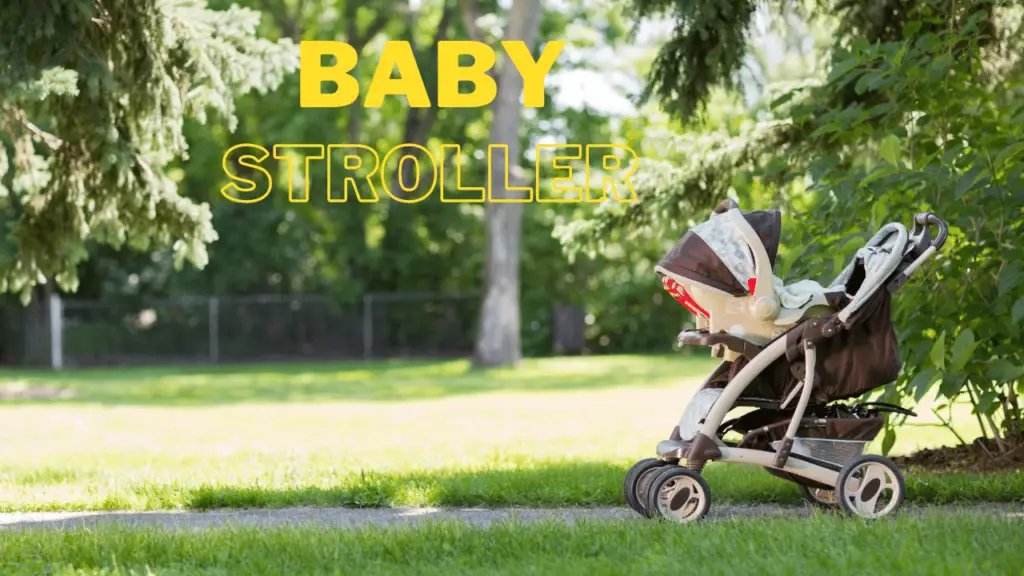Do push walkers help babies walk?
Walking is a significant developmental milestone in a baby’s life. It’s an exciting time for both parents and their little ones. As parents, we often find ourselves wondering about various aids and tools that can help our babies take their first steps. Push walkers have been a popular choice for many years, but do they really help babies walk? Let’s explore the world of push walkers and their impact on a baby’s walking journey.
Push walkers are considered the best toy for helping babies learn their first steps. They assisted the baby in learning how to walk on their own.
My Child’s Walking Milestone
Children typically achieve several developmental milestones before they learn to walk, including sitting, crawling, pulling up, and standing. Each child is different, but most will start to show signs of development around the same time. For parents, watching their child take his first steps is super exciting.
Babies are like tiny explorers, eager to discover the world around them. One of the major milestones they achieve is learning to walk. As parents, we often come across various products that promise to aid our babies in this journey. Push walkers are among these products, designed to help babies take their first steps with support and balance.
What Are push walkers?
Push walkers are wheeled devices with a handle that babies can hold onto while they’re learning to walk. They offer support and stability, allowing babies to practice their steps without falling over. These walkers come in various designs and colors, often resembling small carts or activity centers.
The Mechanics of Walking
Walking is not just about moving from one point to another; it’s a complex coordination of muscles, balance, and sensory input. Babies first learn to balance while sitting, then progress to crawling, and eventually standing. Push walkers come into play when babies are ready to take their first steps.
When do Children Start to walk?
After 10 or sometimes 12 months, Children start to lift themselves up and hold things to stand and move forward. This is the time to help and encourage your child to walk.
Assisting in a Natural Way
You can assist them by holding their hands upwards, trying to hold them up in a standing position, and pushing them forward, which will naturally make their feet start moving.
Introducing Push Walker
Babies learn to push things first. Learning to walk by pushing walkers creates a sense of independence and achievement for the kids. Make them learn to hold tightly to the walker and then push it, their foot starts to move too as the walker begins to roll out forward.
Advantages Of Push Walkers
Push walkers offer several potential benefits for babies:
– Supportive Assistance: Push walkers provide stable support for babies, helping them maintain balance as they explore walking.
– Confidence Building: The sense of independence that comes with taking steps on their own can boost a baby’s confidence.
Fine Motor Skills: Some push walkers have interactive toys and activities, aiding in the development of fine motor skills.
Physical Activity: Using a push walker encourages physical movement and exploration, which are essential for overall development.
Disadvantages Of Push Walkers
While push walkers have their advantages, it’s important to consider potential concerns:
Dependency: Relying solely on push walkers can hinder a baby’s natural development of balance and muscle strength.
– Safety Hazards: Push walkers can move fast and may lead to accidents if not used in a safe environment.
Uneven Weight Distribution: Babies might lean on the walker, leading to uneven weight distribution and affecting their posture.
The Importance of Natural Development
Babies are born with an innate ability to learn and develop skills at their own pace. Allowing them to explore their surroundings naturally helps build their strength, coordination, and confidence.
Tips for Encouraging Walking
While push walkers can be a part of the process, here are some tips to encourage walking without solely relying on them:
– Floor Play: Spending time on the floor helps babies strengthen their core muscles and improve balance.
– Supportive Furniture: Encourage babies to hold onto furniture and walk around while maintaining balance.
– Parental Guidance: Holding a baby’s hands while they take steps provides the necessary support and bonding.
Are Push Walkers Safe?
When used correctly and in a safe environment, push walkers can be safe. Here are some safety tips:
– Supervision: Always supervise your baby while they’re using a push walker.
– Safe Zones: Create a safe area free from hazards where your baby can use the walker.
– Limit Usage: Avoid prolonged use of push walkers to prevent dependency.
Conclusion
In the end, push walkers can be a helpful tool in your baby’s journey to walking, but they shouldn’t be the sole method of practice. It’s important to strike a balance between using push walkers and allowing your baby to explore walking naturally.
FAQs:
No, push walkers themselves do not necessarily delay walking. However, if used excessively and exclusively, they might impact a baby’s natural development of balance and muscle strength. It’s important to provide a balanced approach to walking practice.
– Look for a sturdy design with a wide base for stability.
– Opt for adjustable height settings to accommodate your baby’s growth.
– Choose a walker with interactive activities to engage your baby’s interest.
Babies can start using push walkers when they show signs of readiness, usually around 6-8 months. It’s important that they can already sit up on their own and are trying to pull themselves up.
No, push walkers should not replace the guidance and support provided by parents. Babies still need the reassurance and physical connection that comes from holding their parents’ hands while learning to walk.
– Traditional Walkers: These are classic toys that babies can push while learning to walk.
– Activity Tables: These tables allow babies to stand and play, encouraging them to take steps while interacting with toys.
– Walking Holding Hands: Simply holding your baby’s hands and guiding them provides a natural walking experience.


